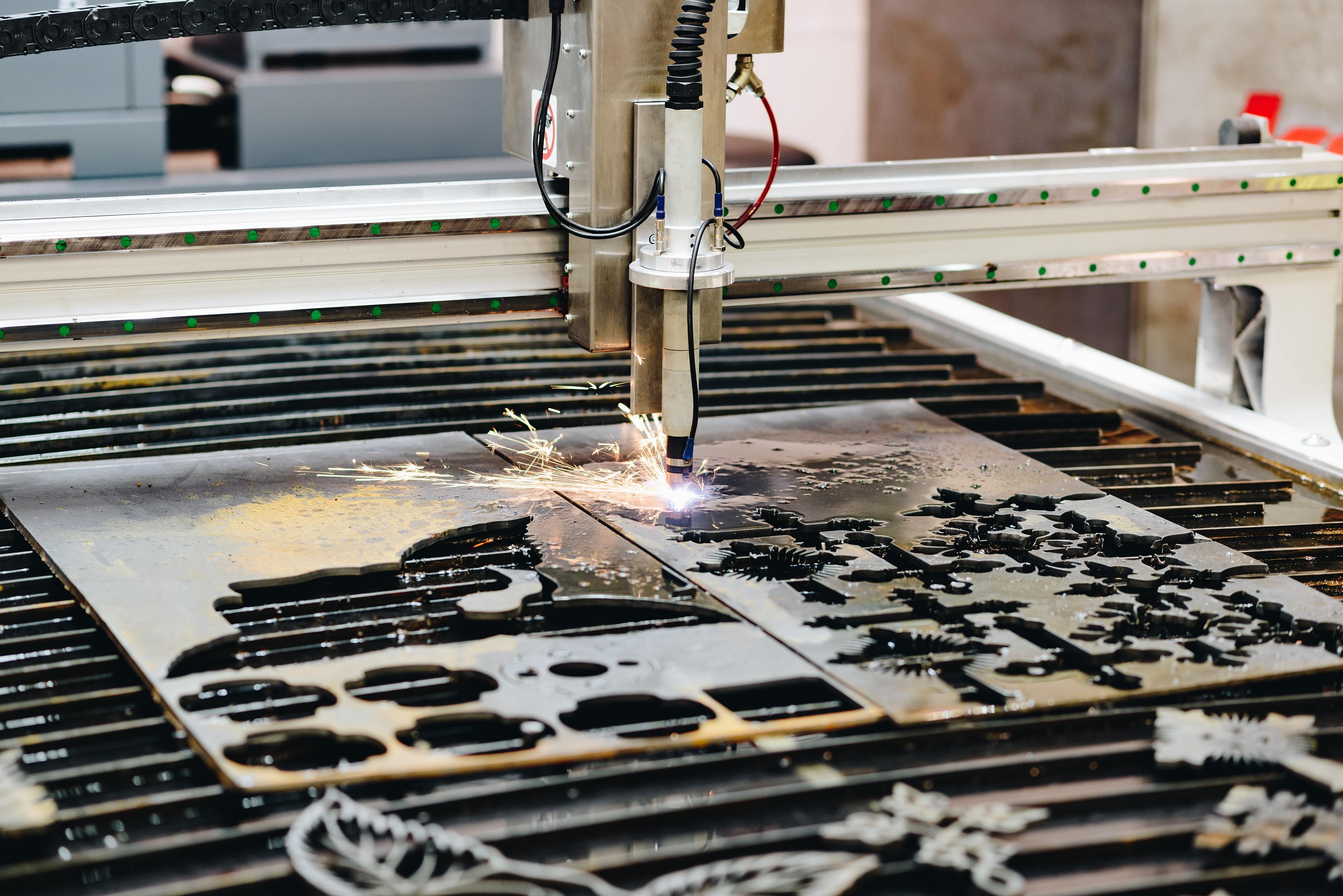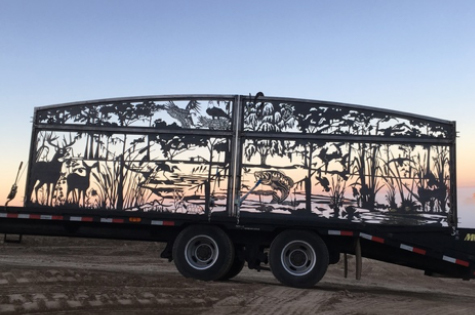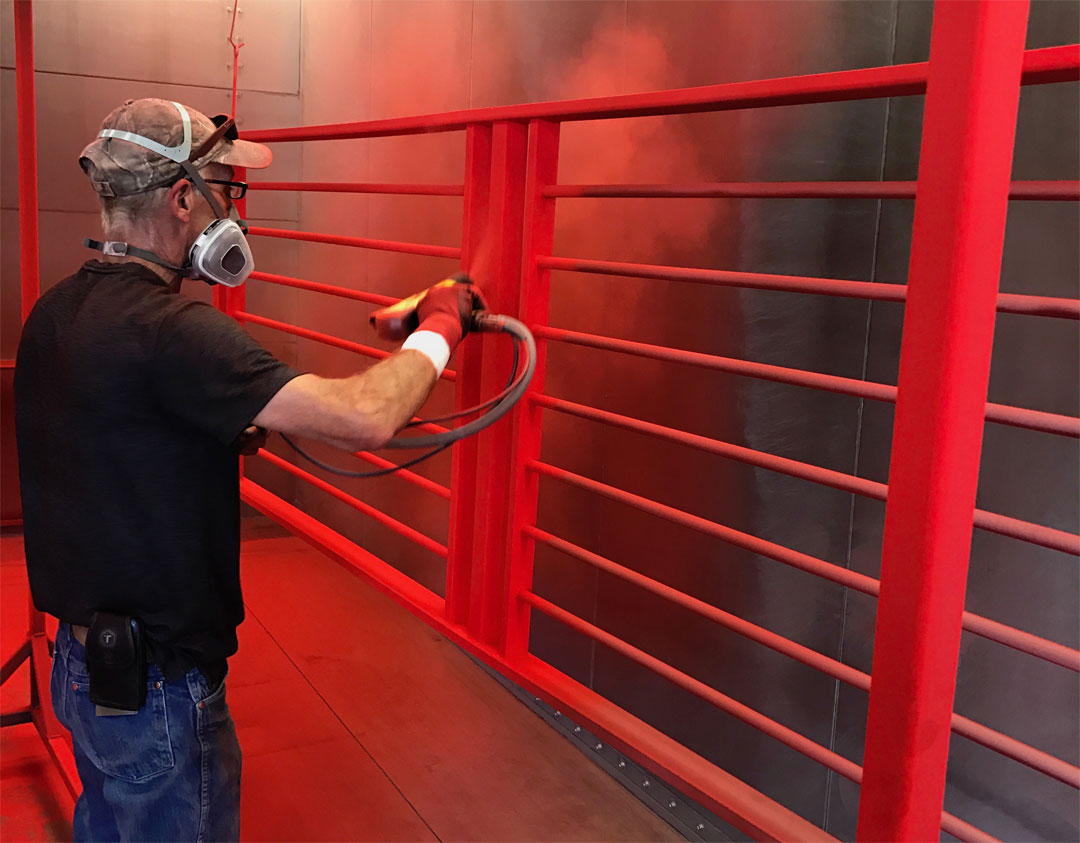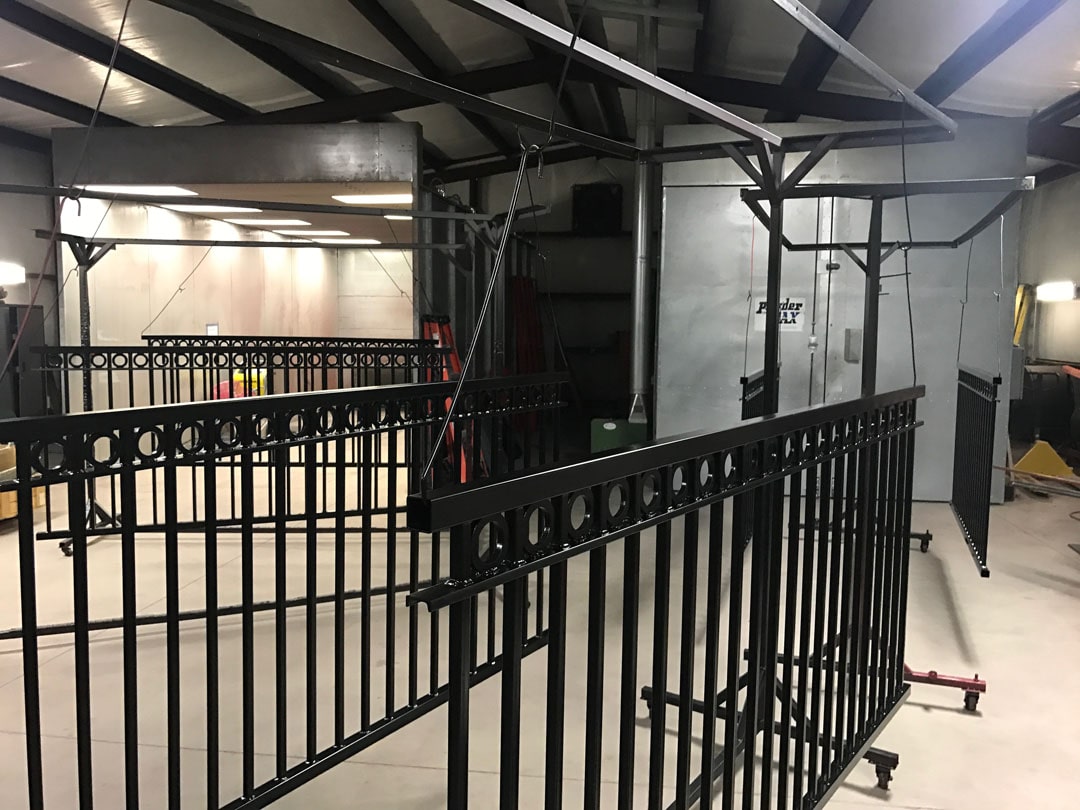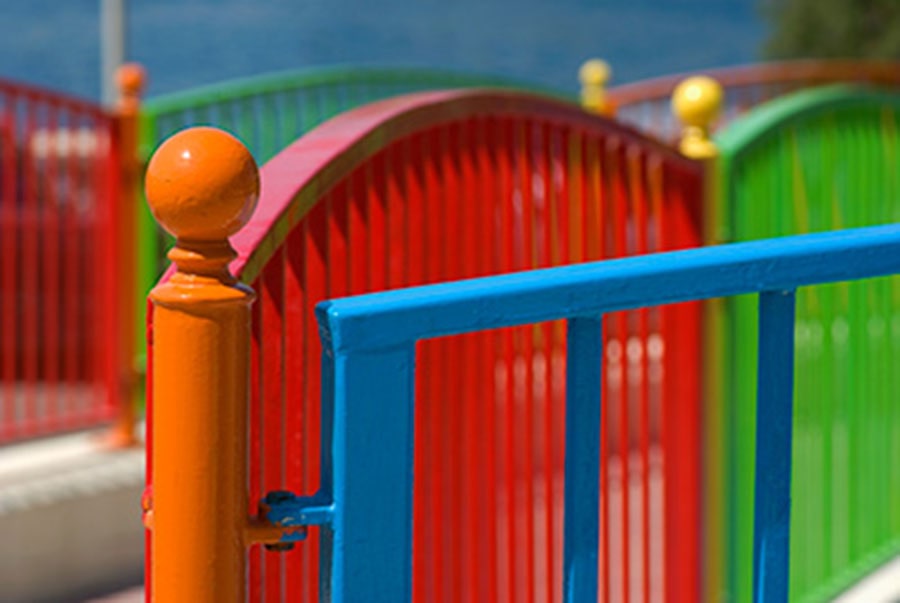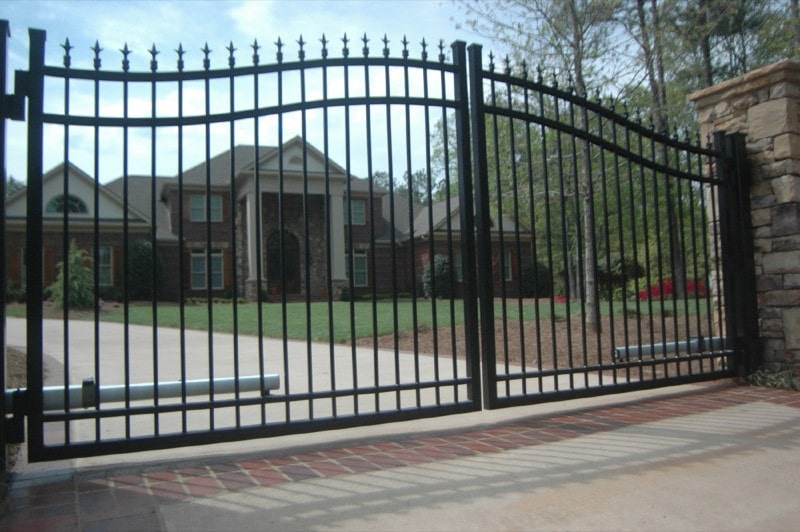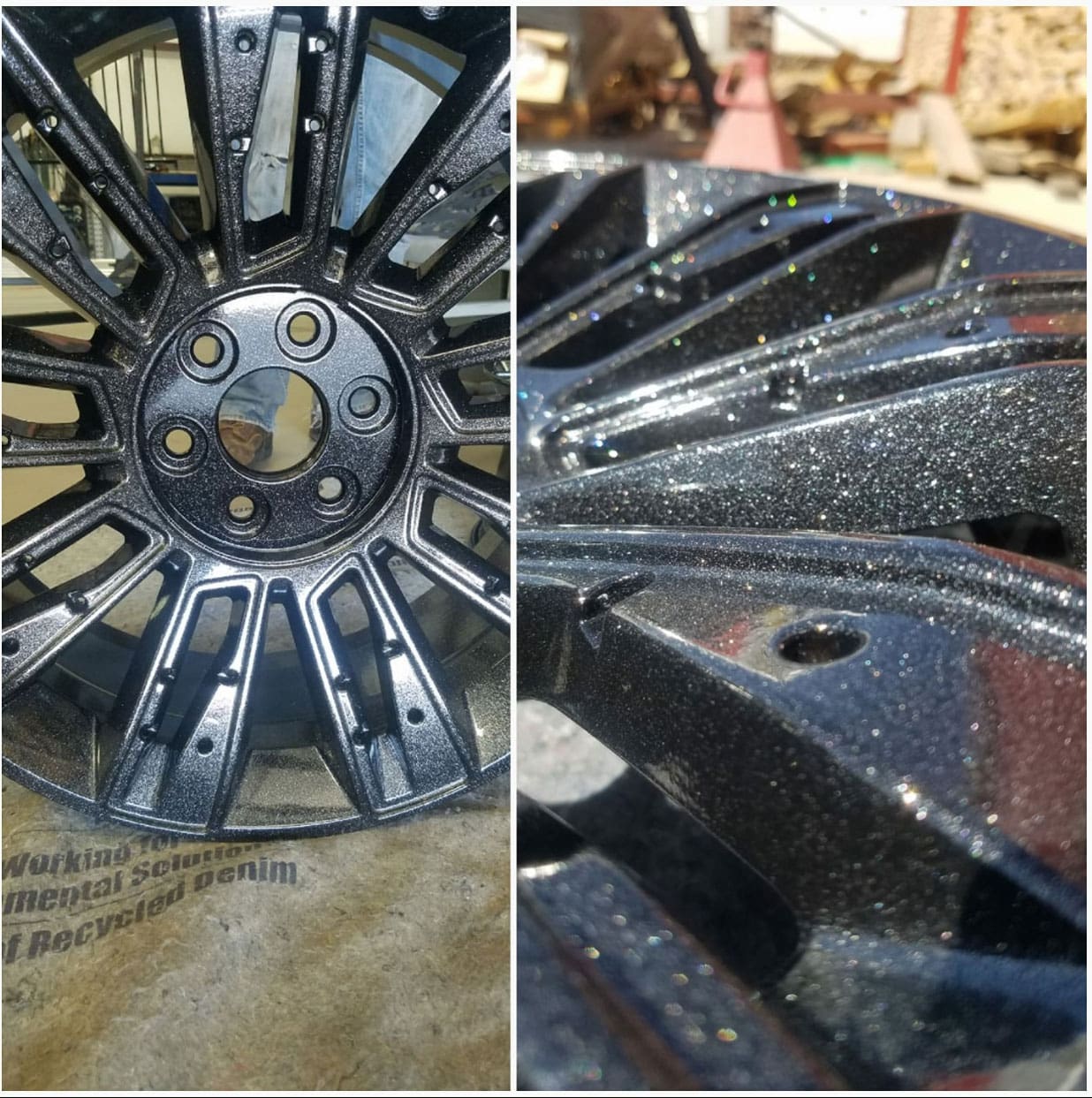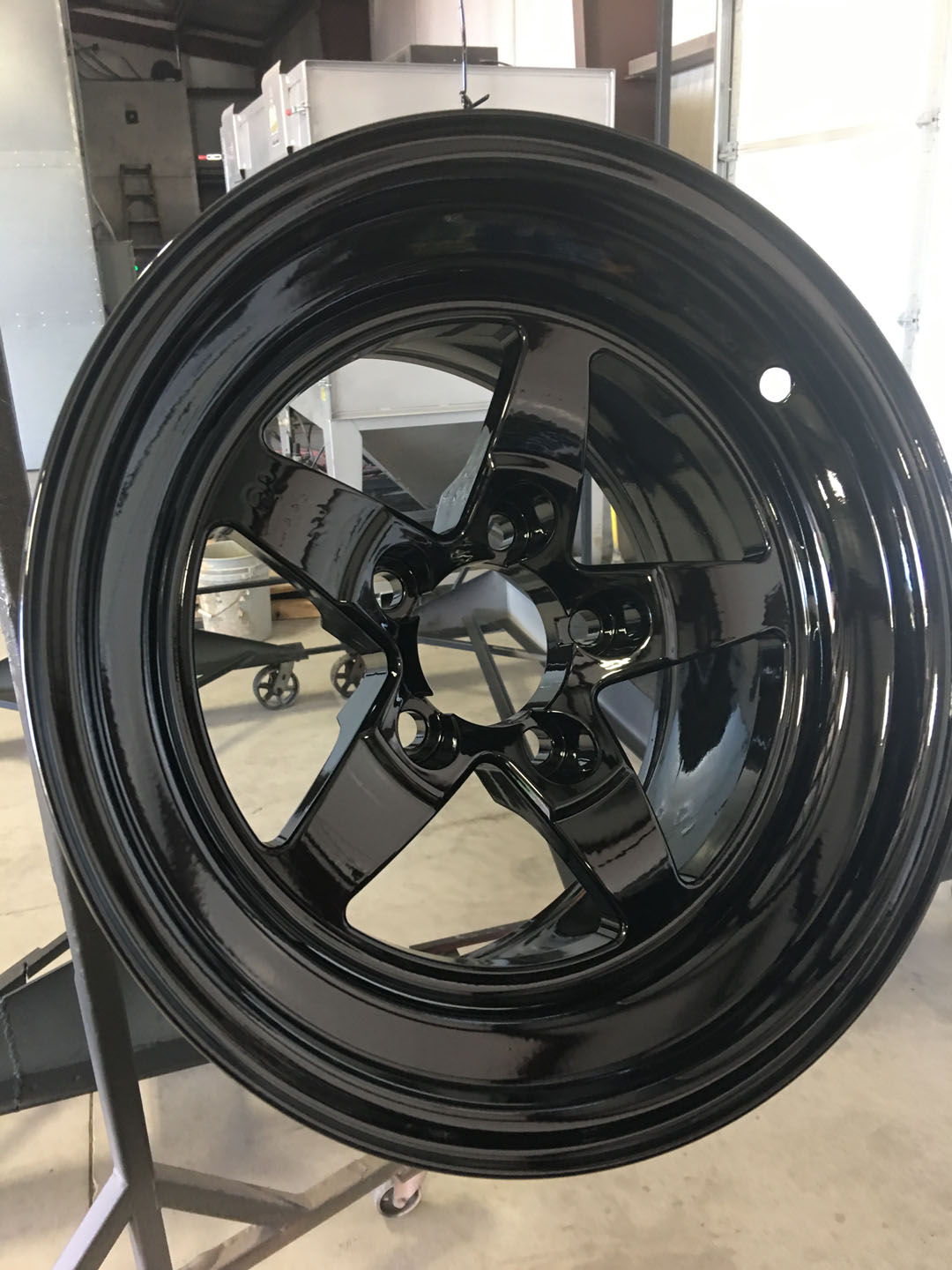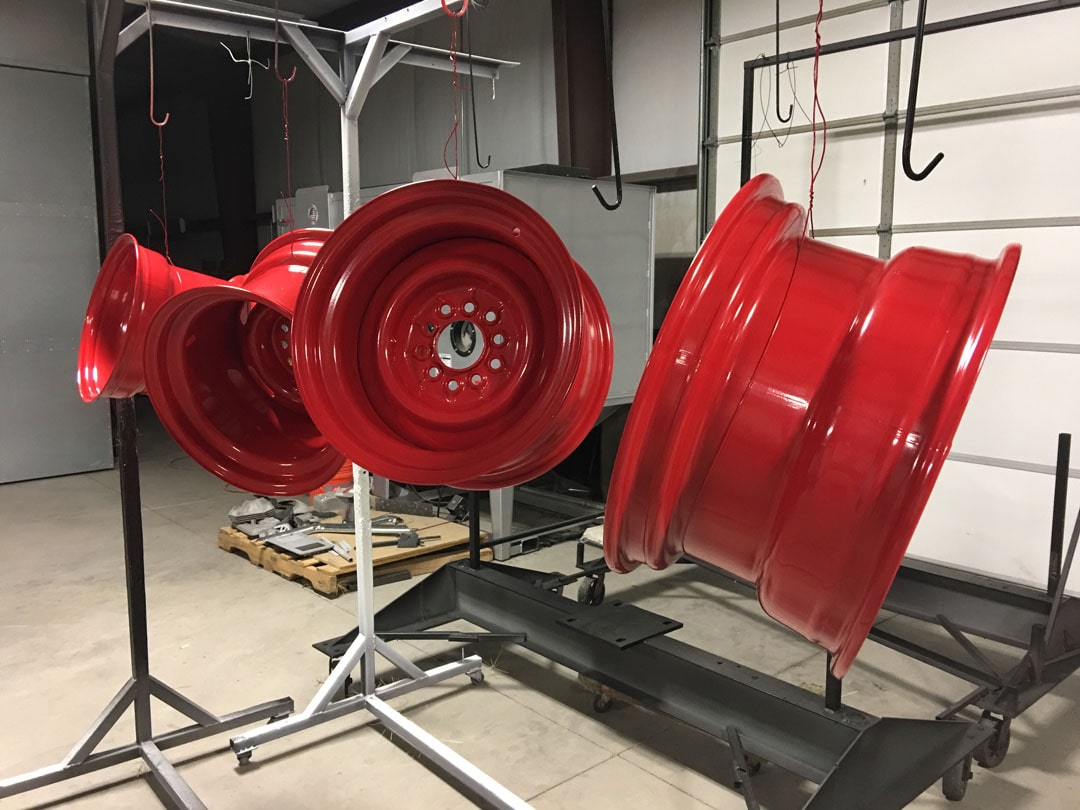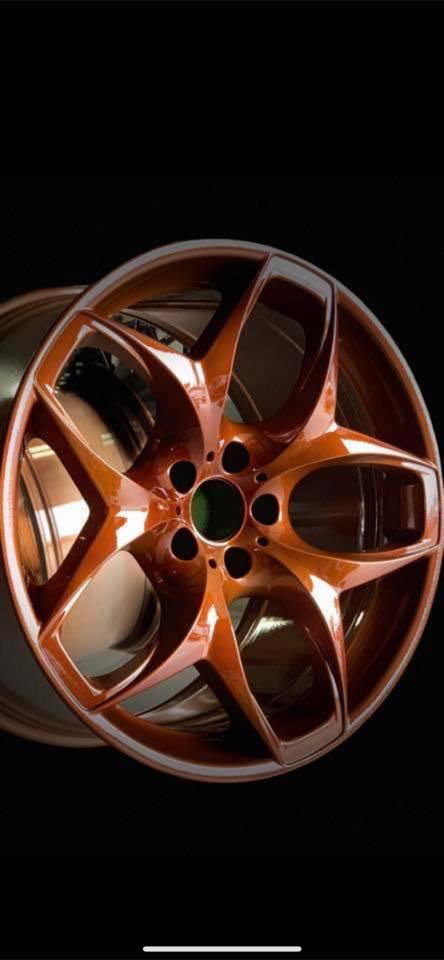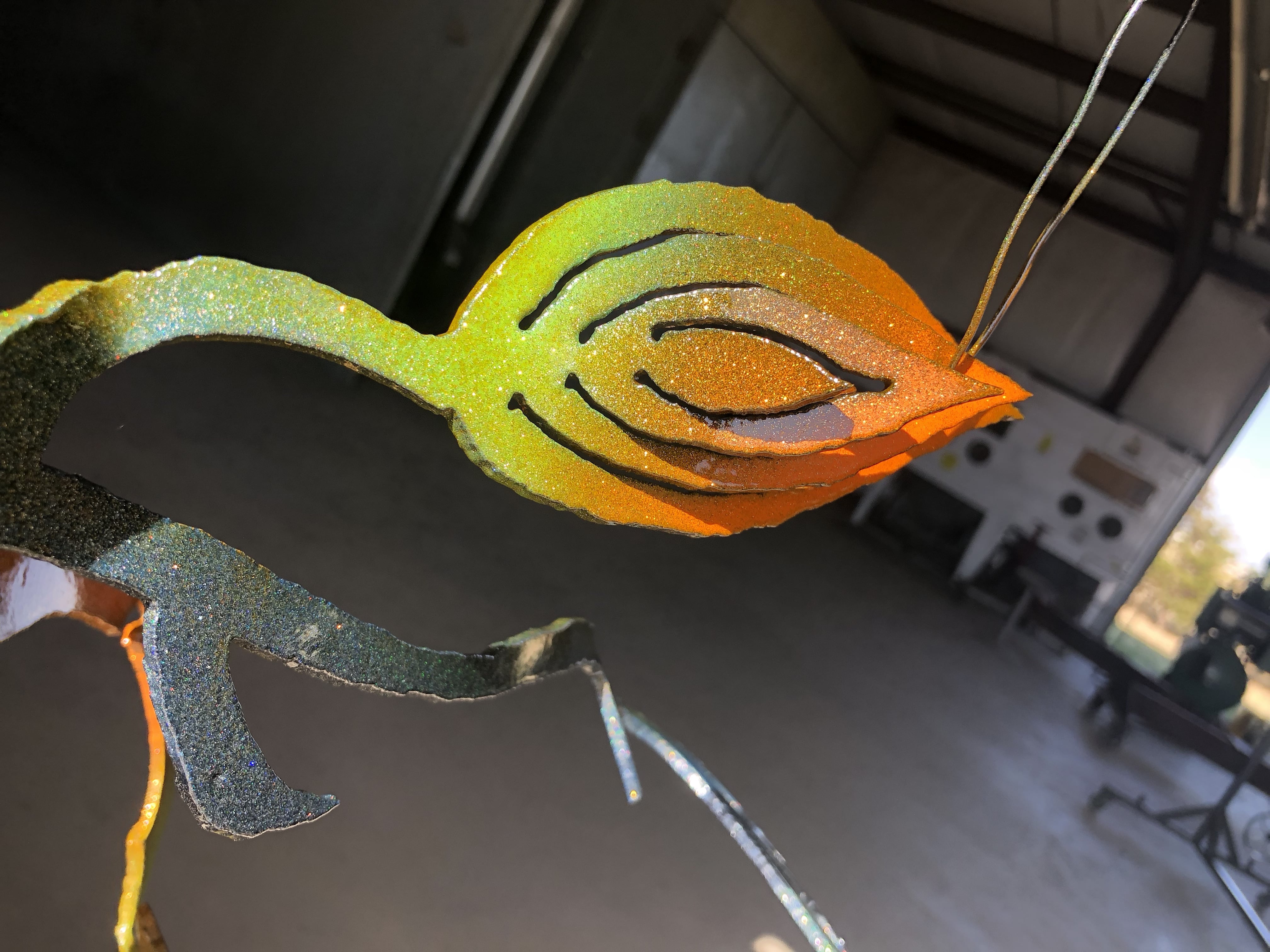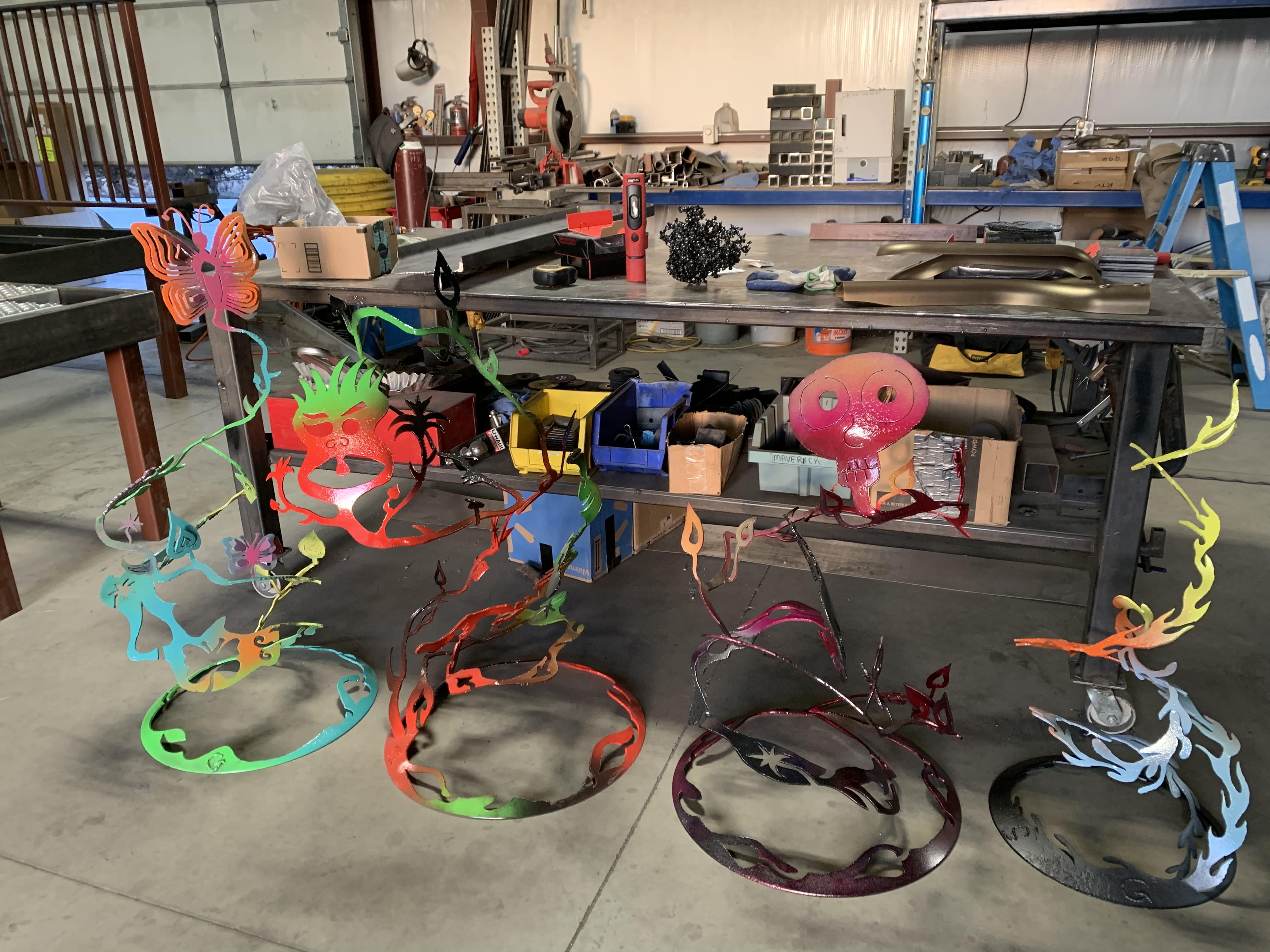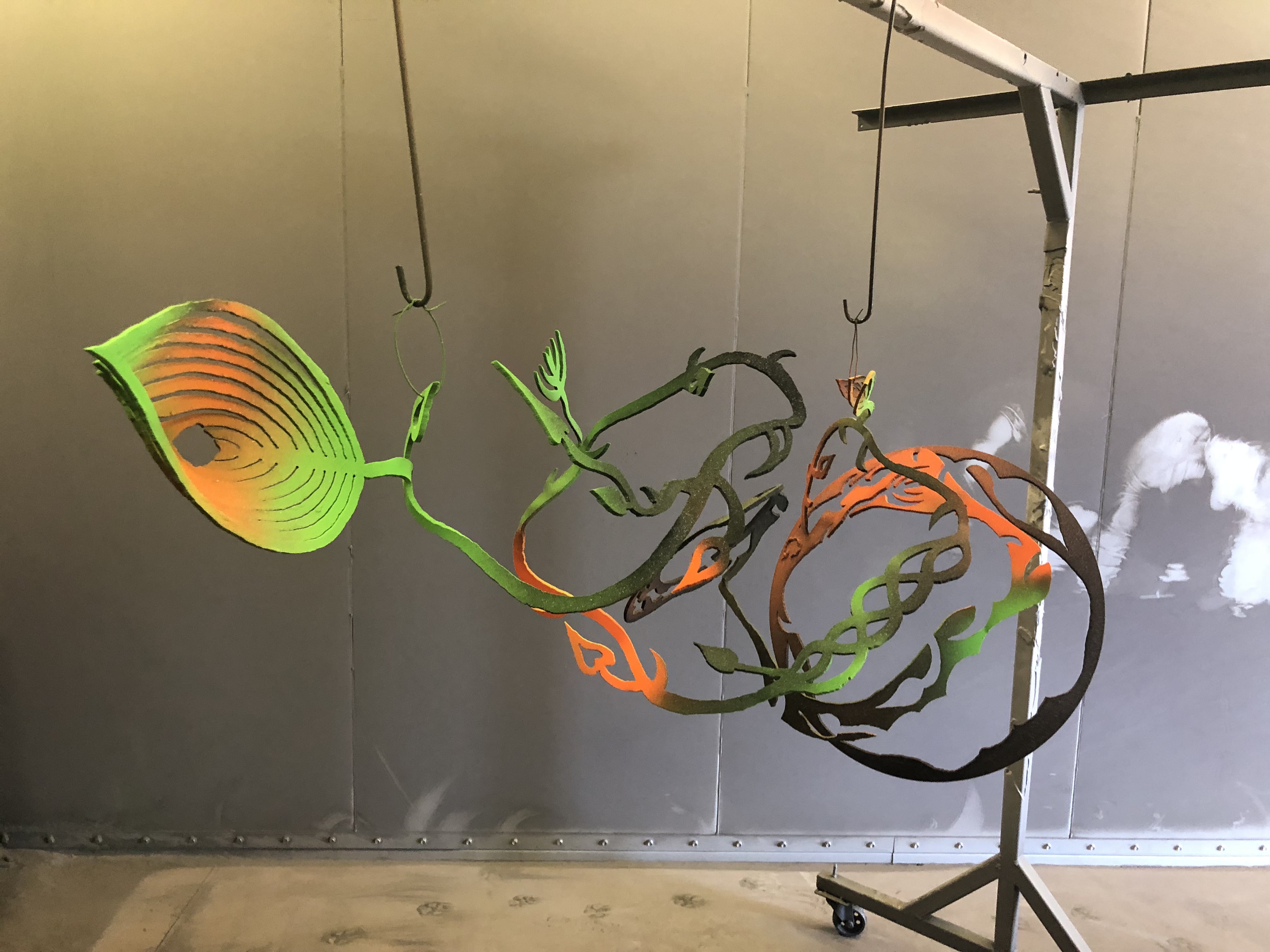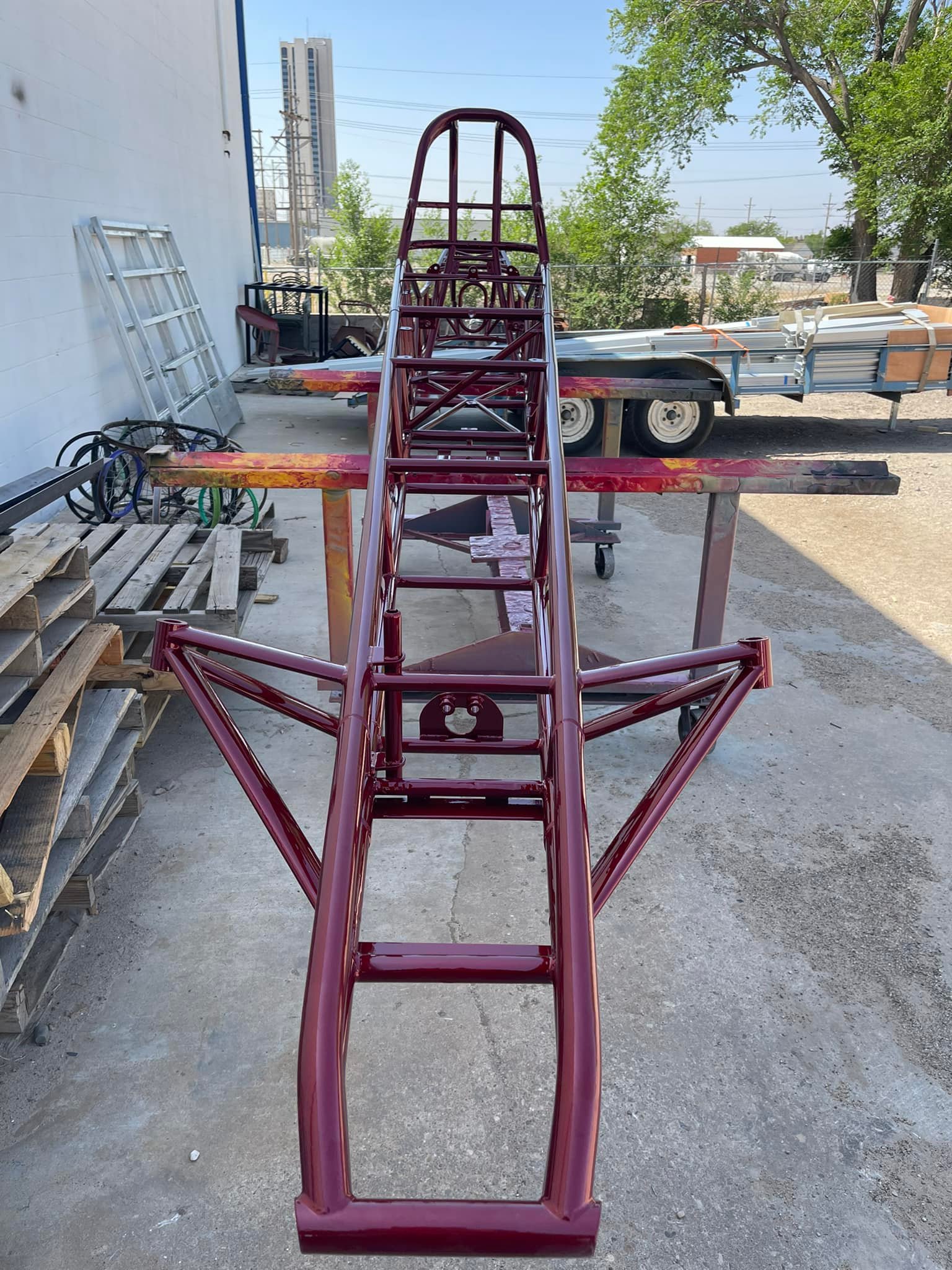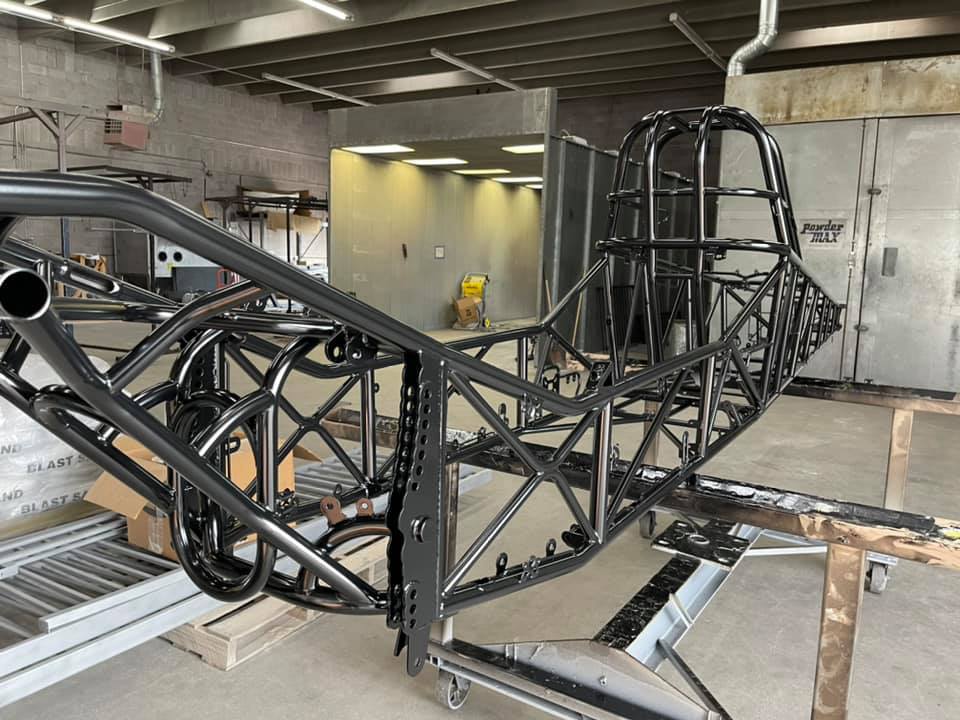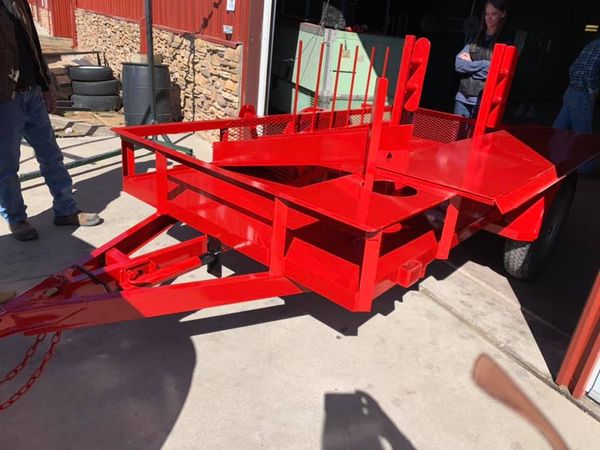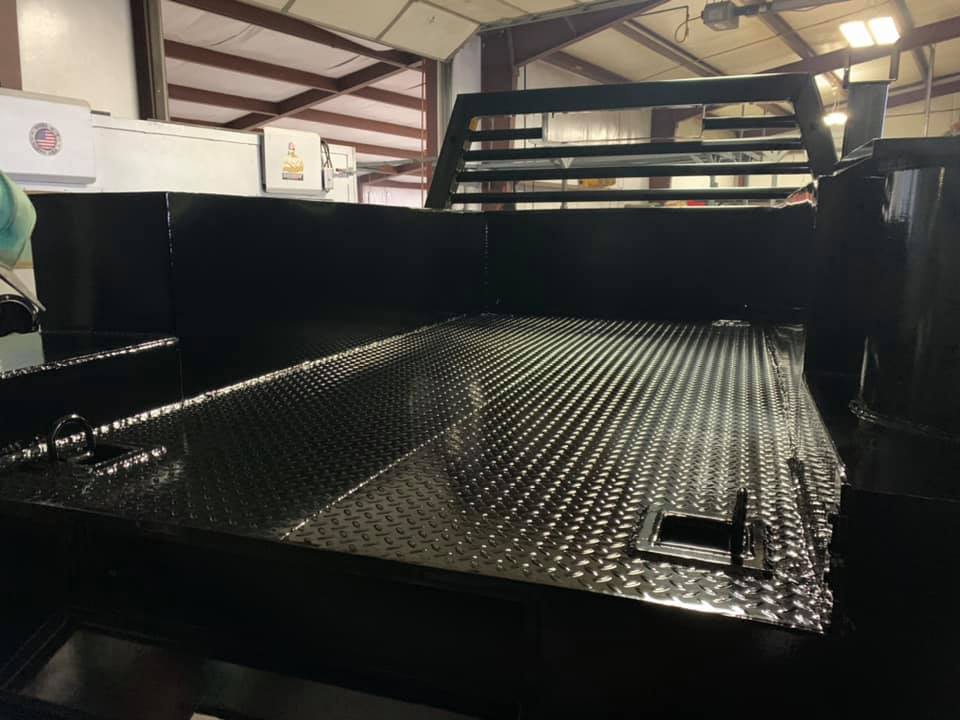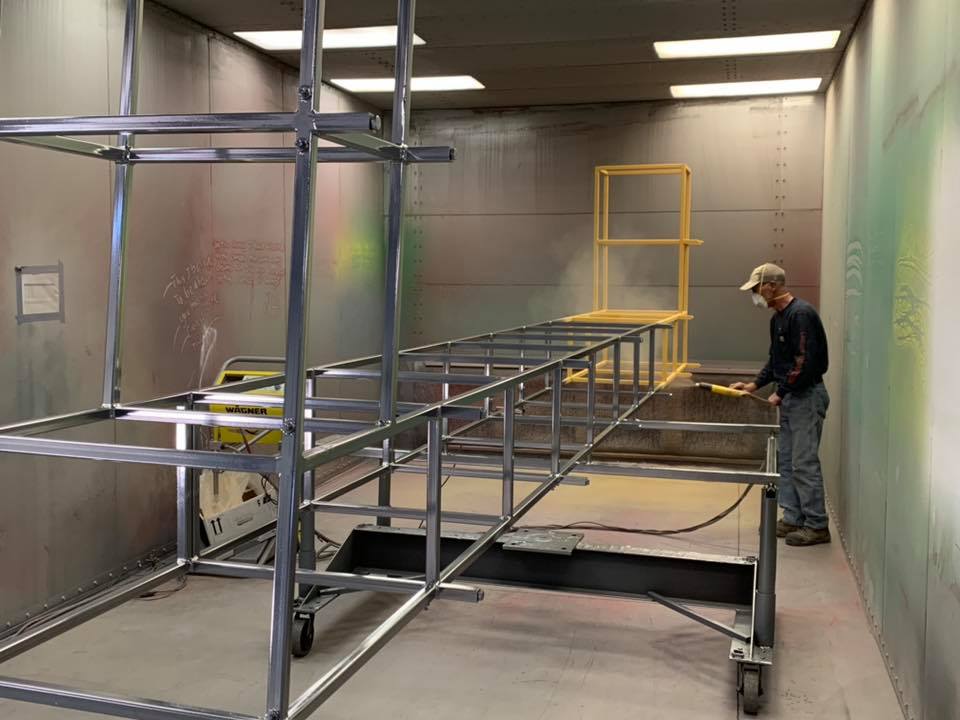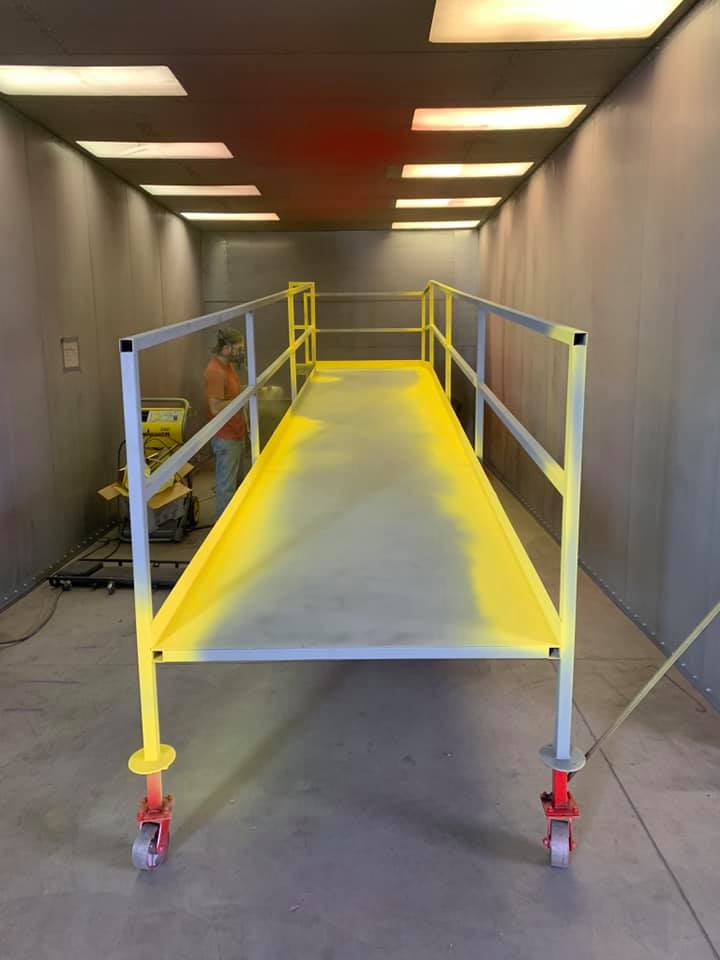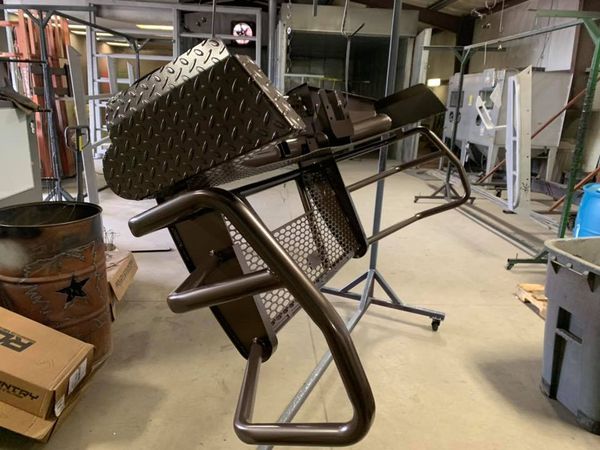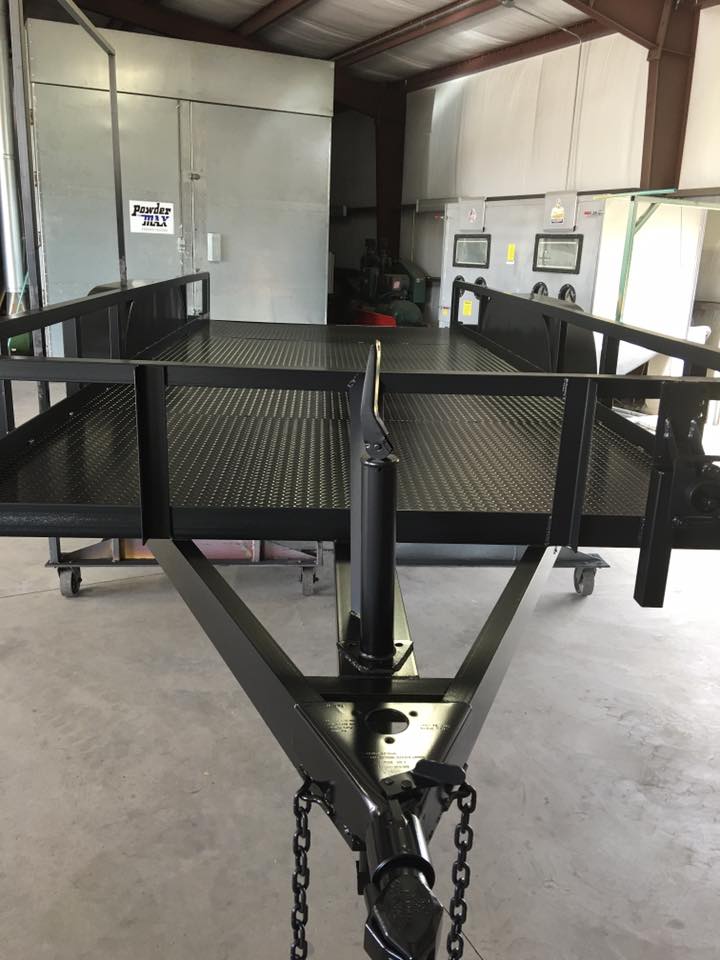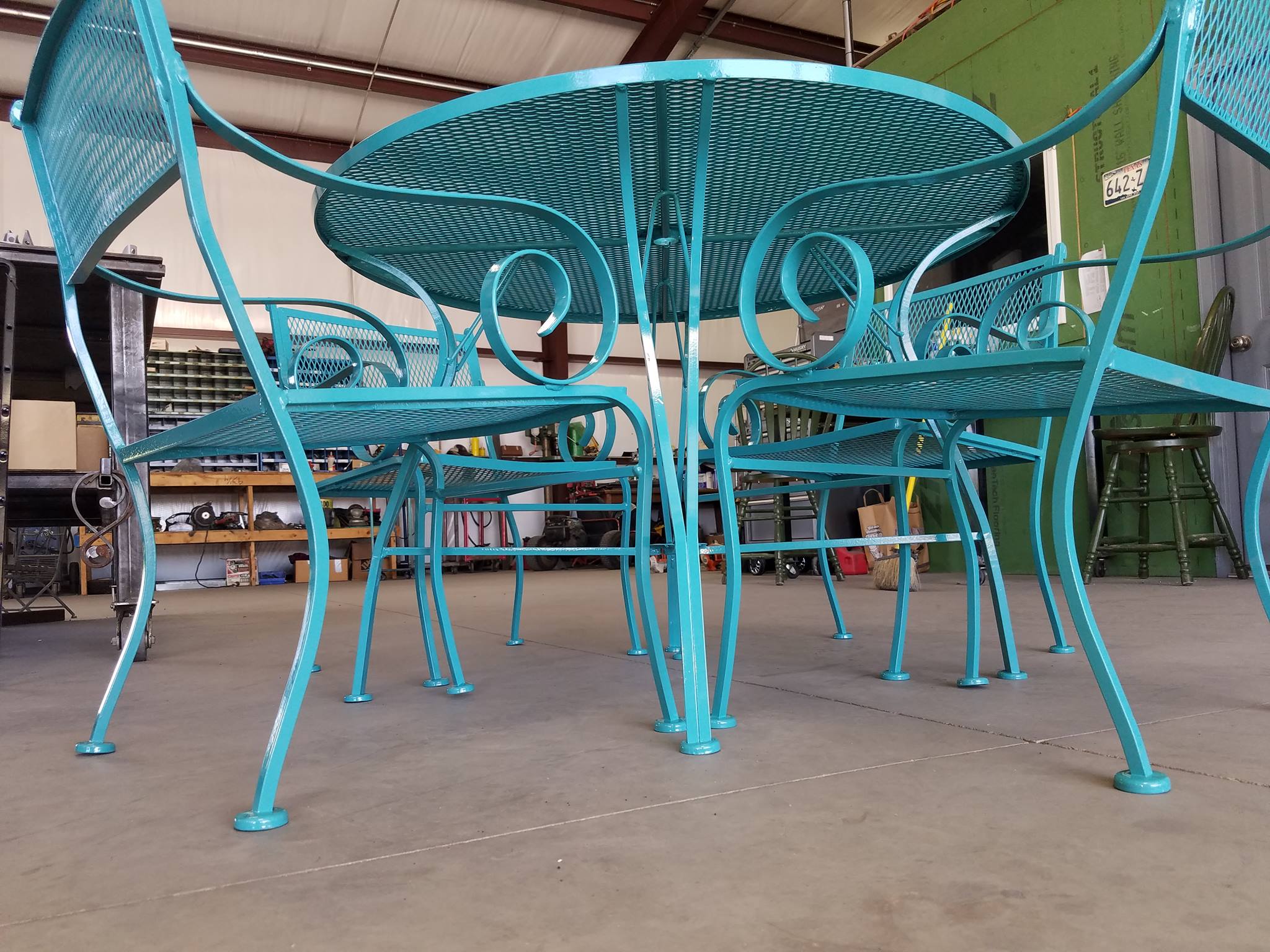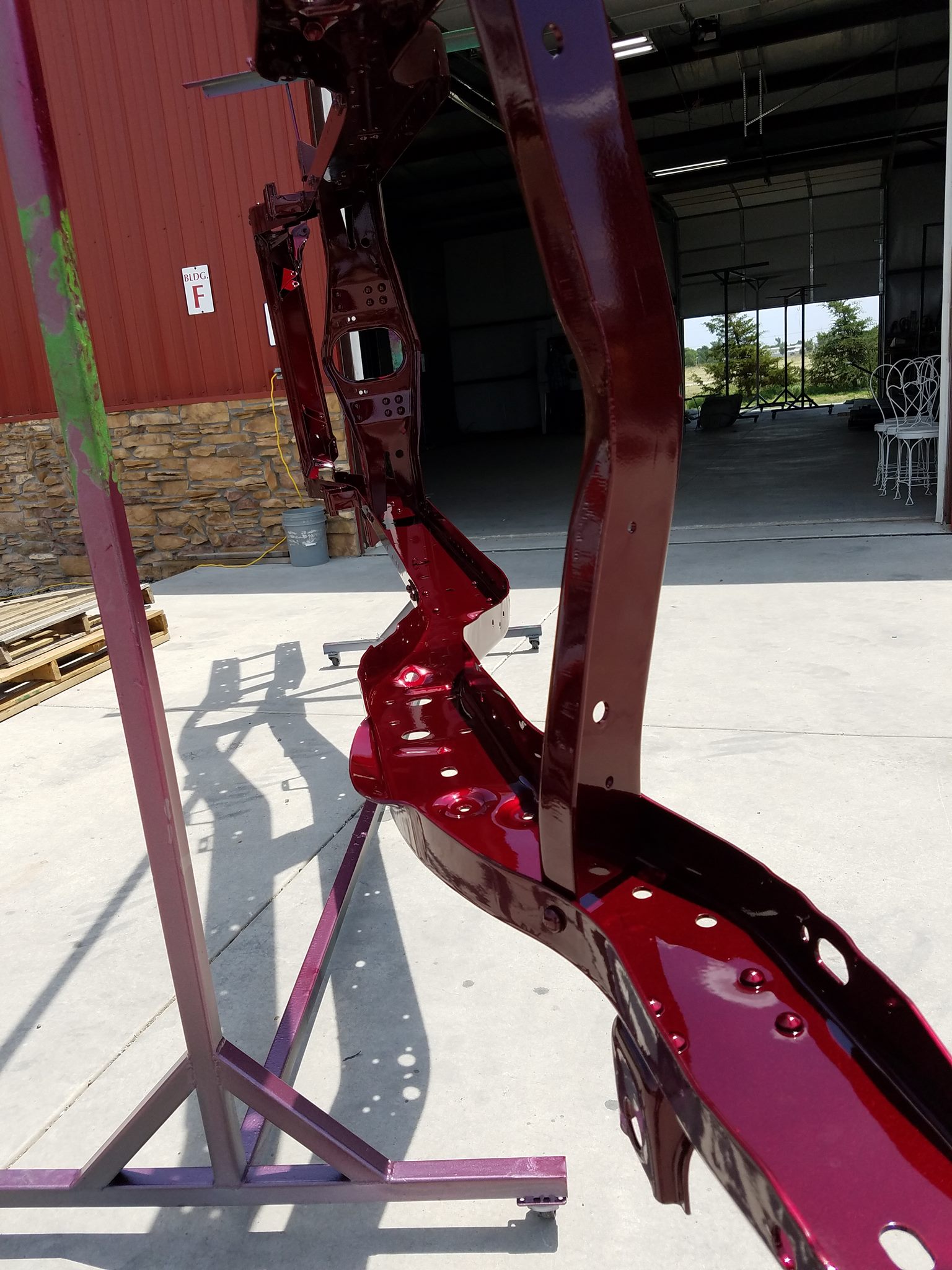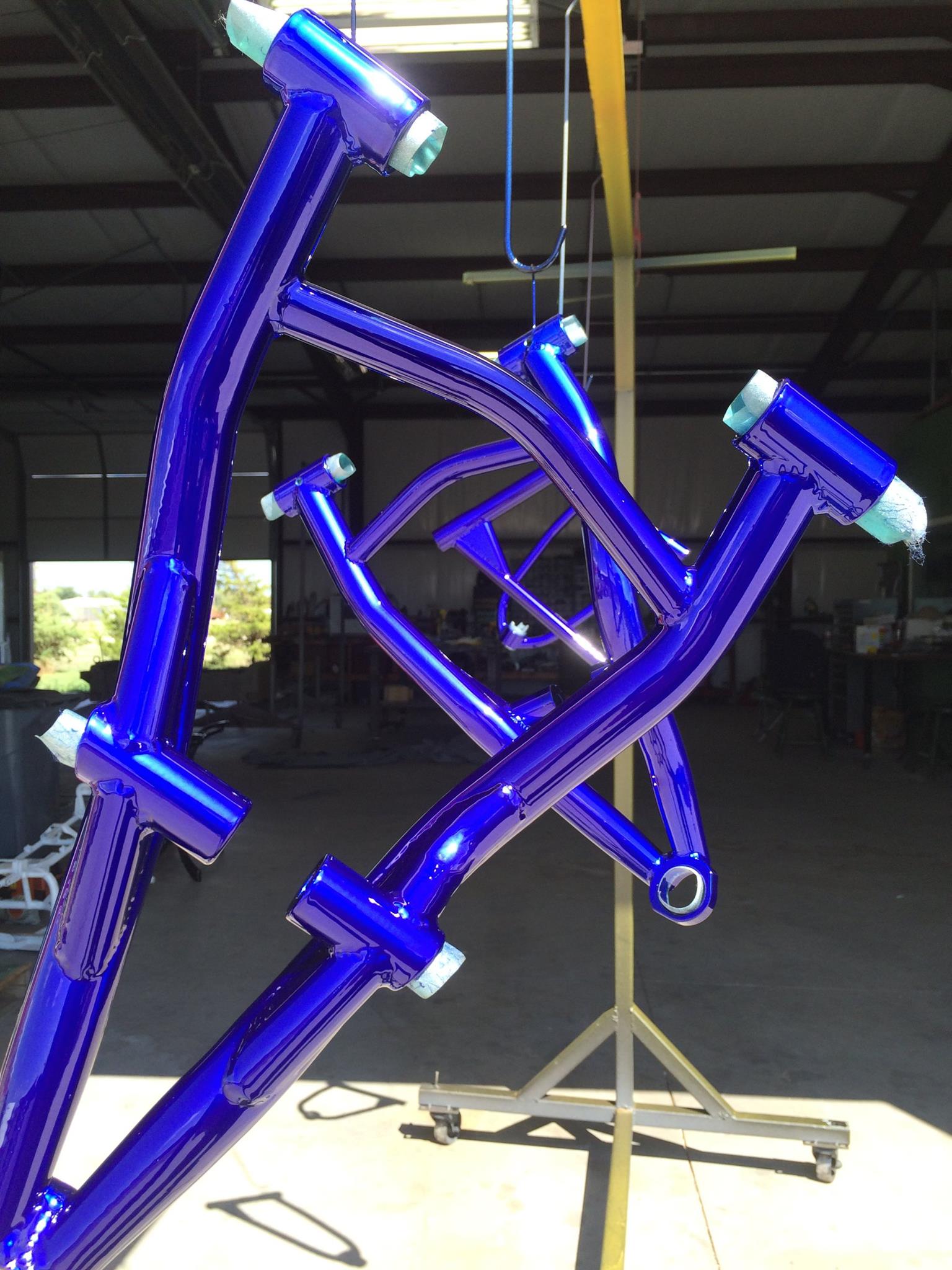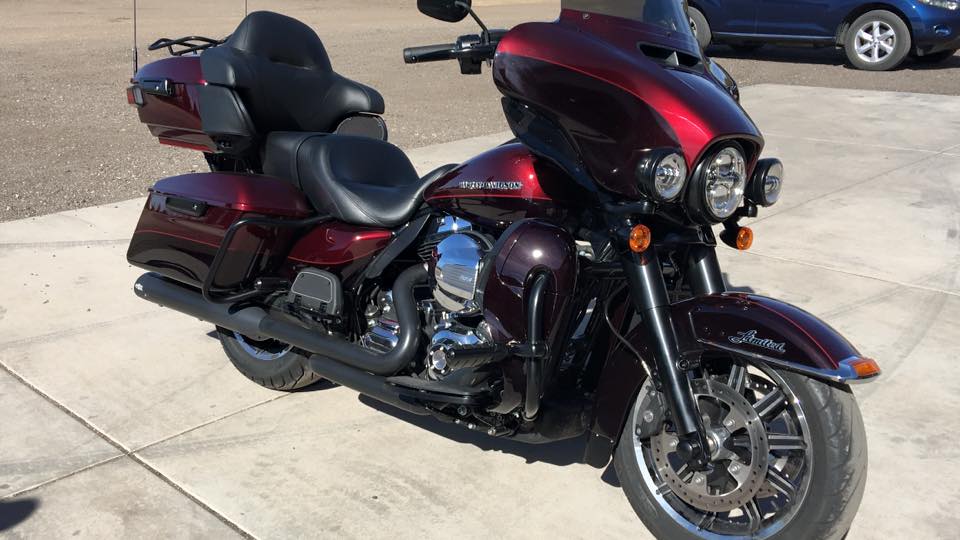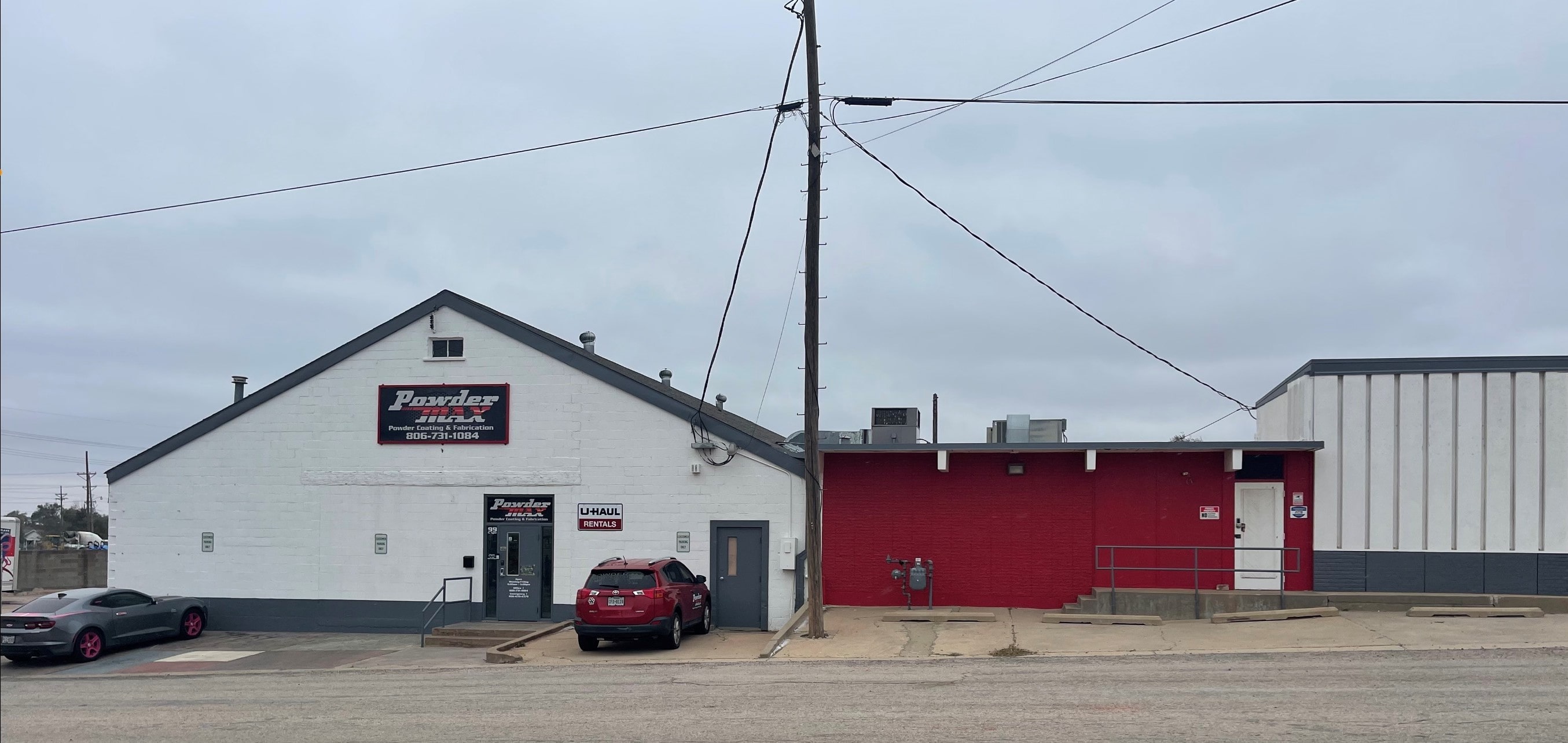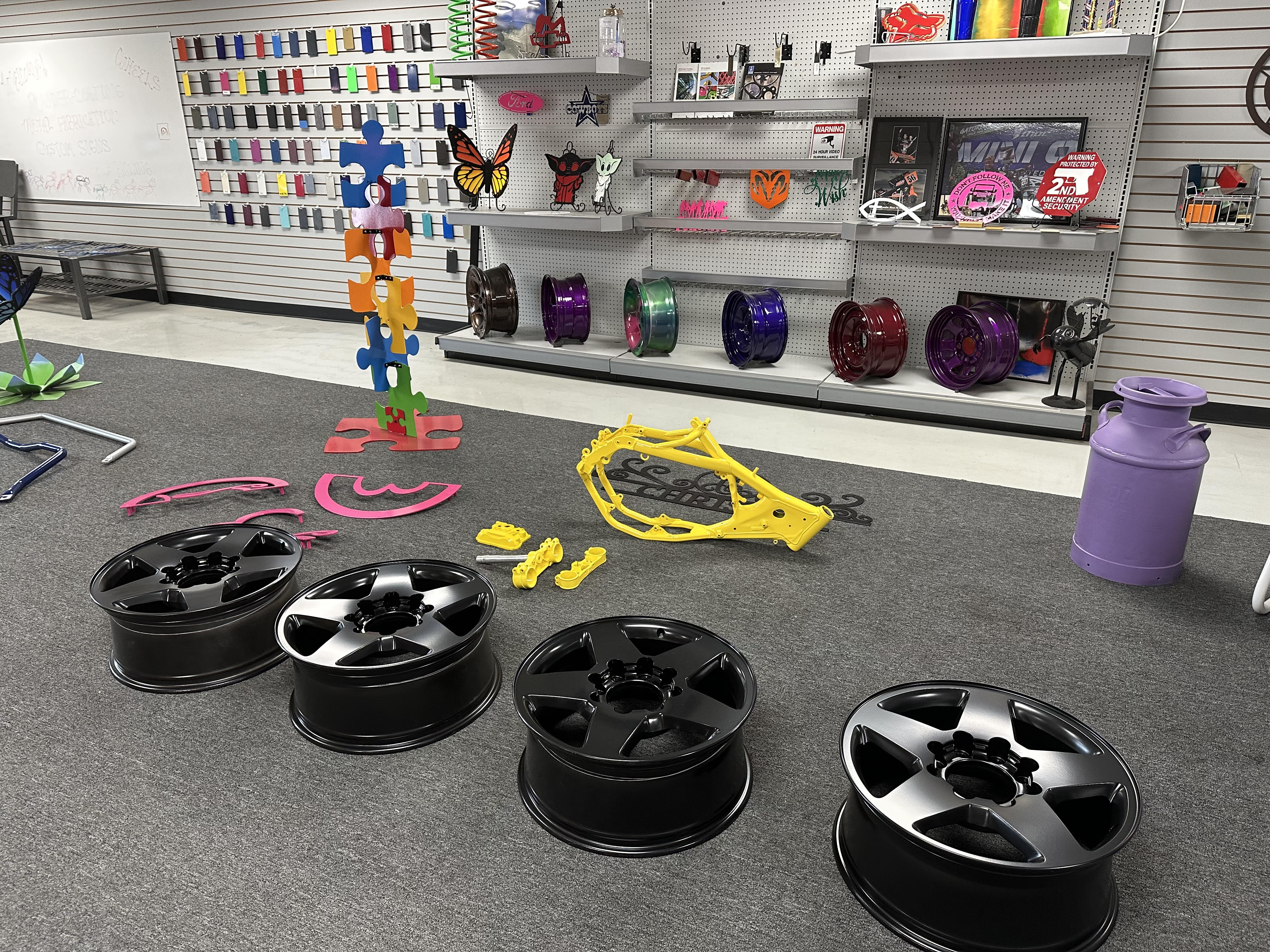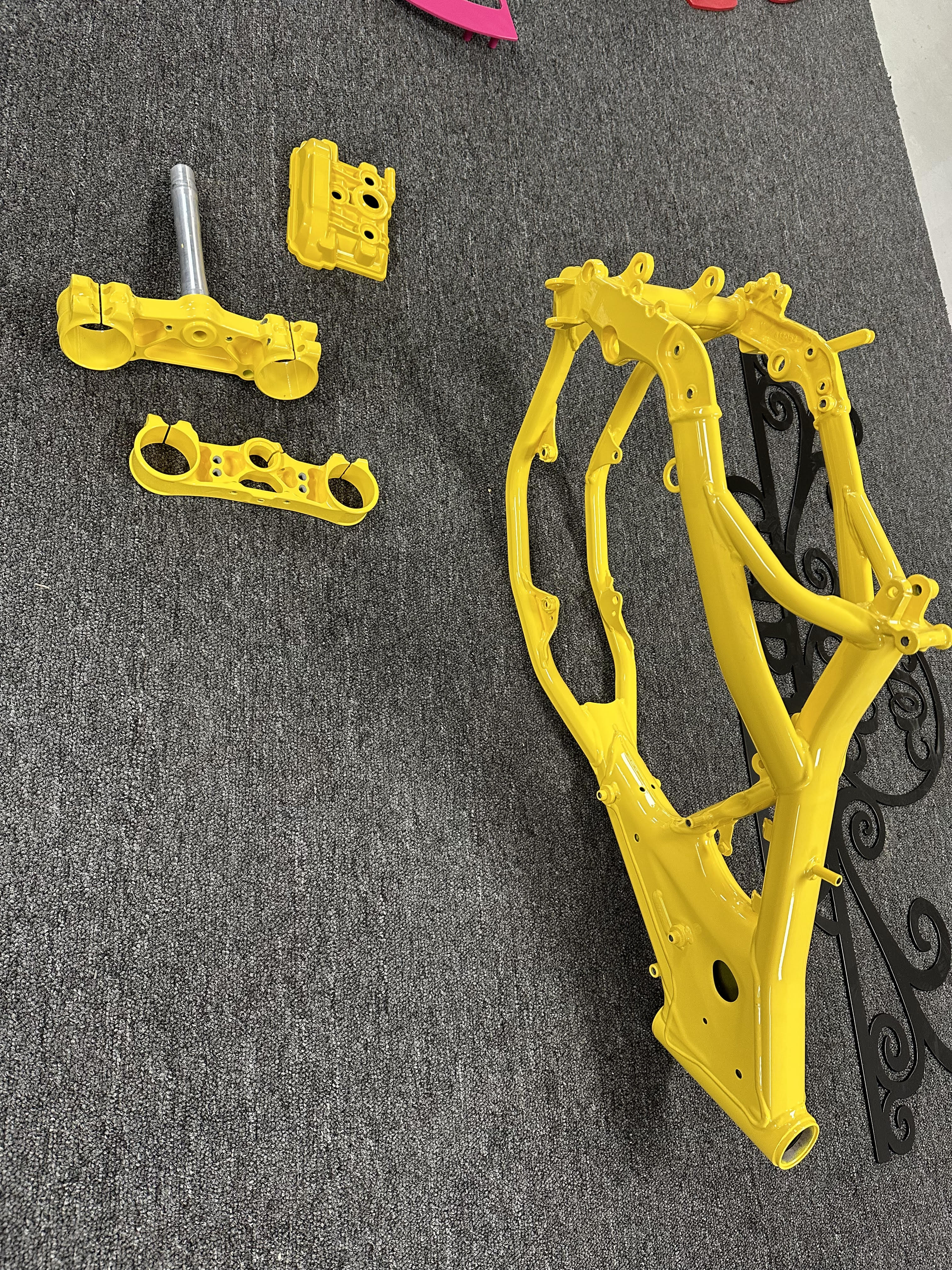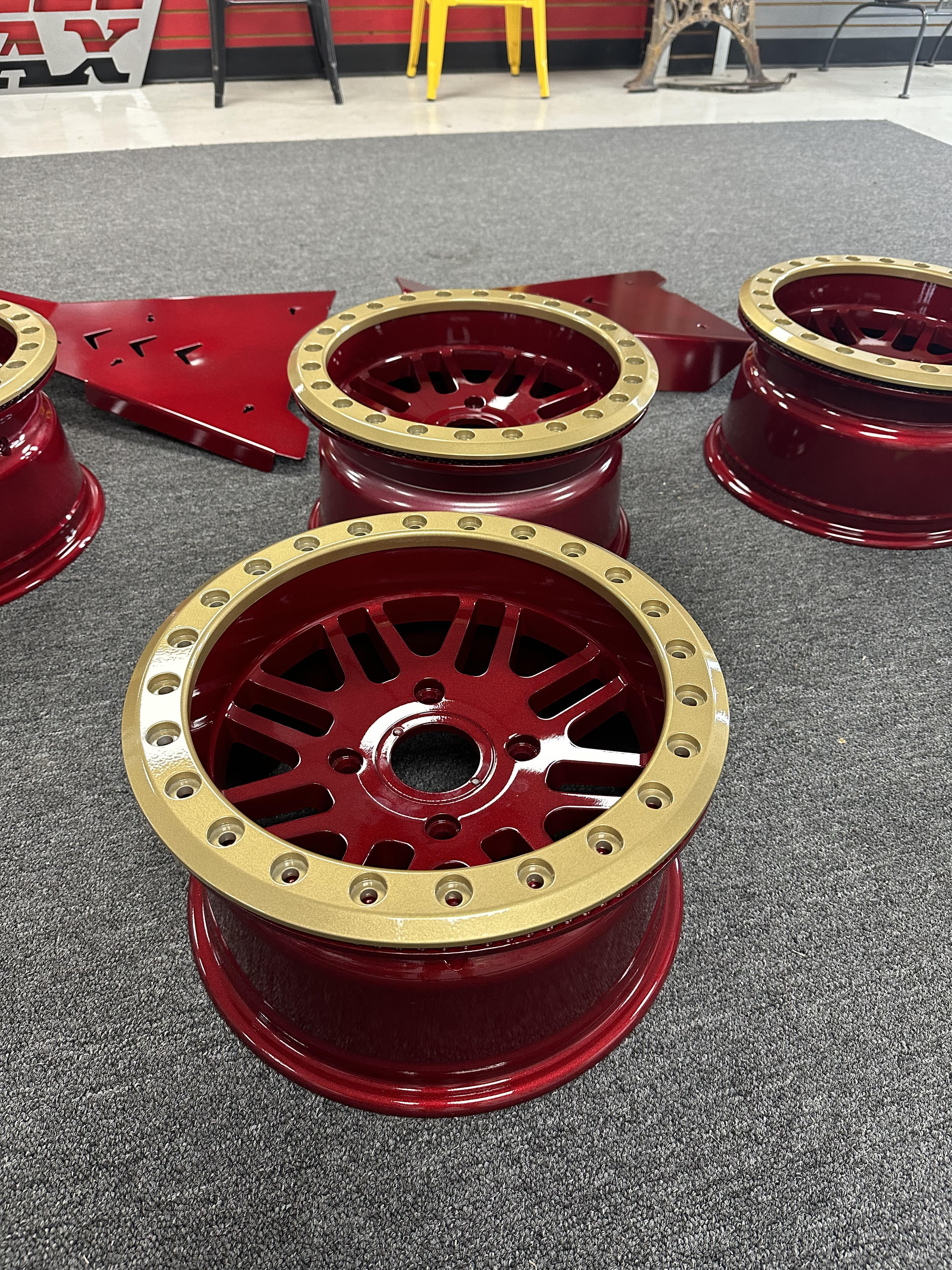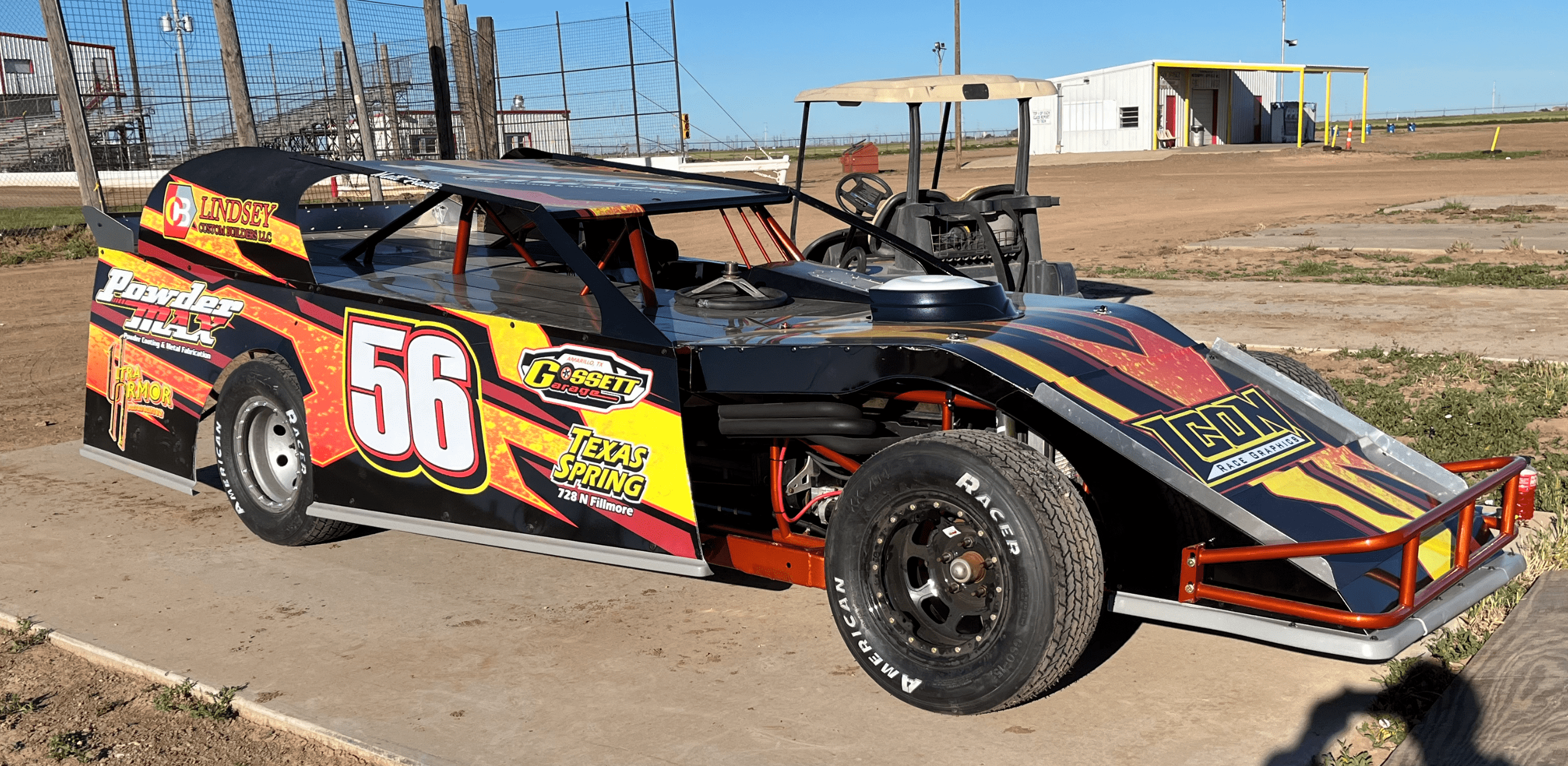Gallery
Powder Coating
HOW POWDER COATING WORKS
Powder coating is a technical, high-quality finish that provides long-term durability. Powder coating is applied as a uniform powder similar to baking flour, which gives the surface a smooth texture, similar to paint. The powder coating process is typically done via electrostatic spray deposition (ESD), which causes an electrostatic charge on the powder particles, which are then attracted to the grounded area. After application of the powder coating, the parts enter a curing oven where, with the addition of heat, it chemically reacts and polymerizes to form long molecular chains, resulting in high crosslink density. These molecular chains are very resistant to breakdown and can provide corrosion protection for up to 7 years on steel!
DURABILITY OF POWDER COATING
Powder Coated products are more resistant to diminished coating quality as a result of impact, moisture, chemicals, ultraviolet light, and other extreme weather conditions. Powder coatings adhere better to the surface than traditional paints due to their thick polymer film. Our state-of-the-art equipment offers highly detailed powder coating finishes on a wide range of materials and colors. In turn, this reduces the risk of scratches, chipping, abrasions, corrosion, fading and other wear issues. It’s Tough! It looks great, and it lasts a long time! In addition to being durable, powder coating is an attractive choice due to environmental advantages.
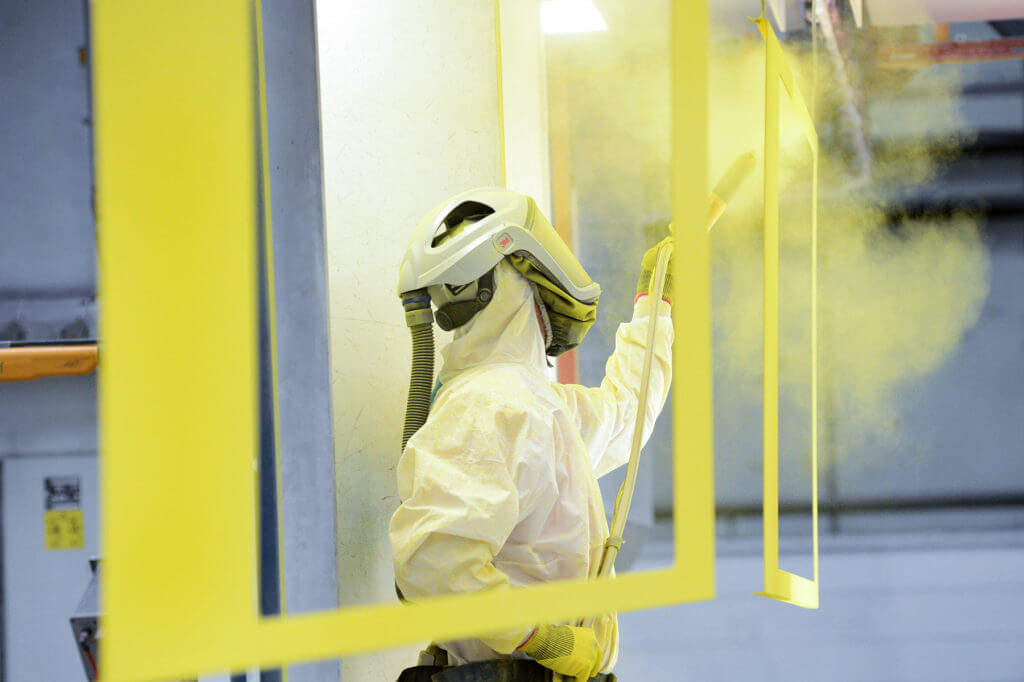
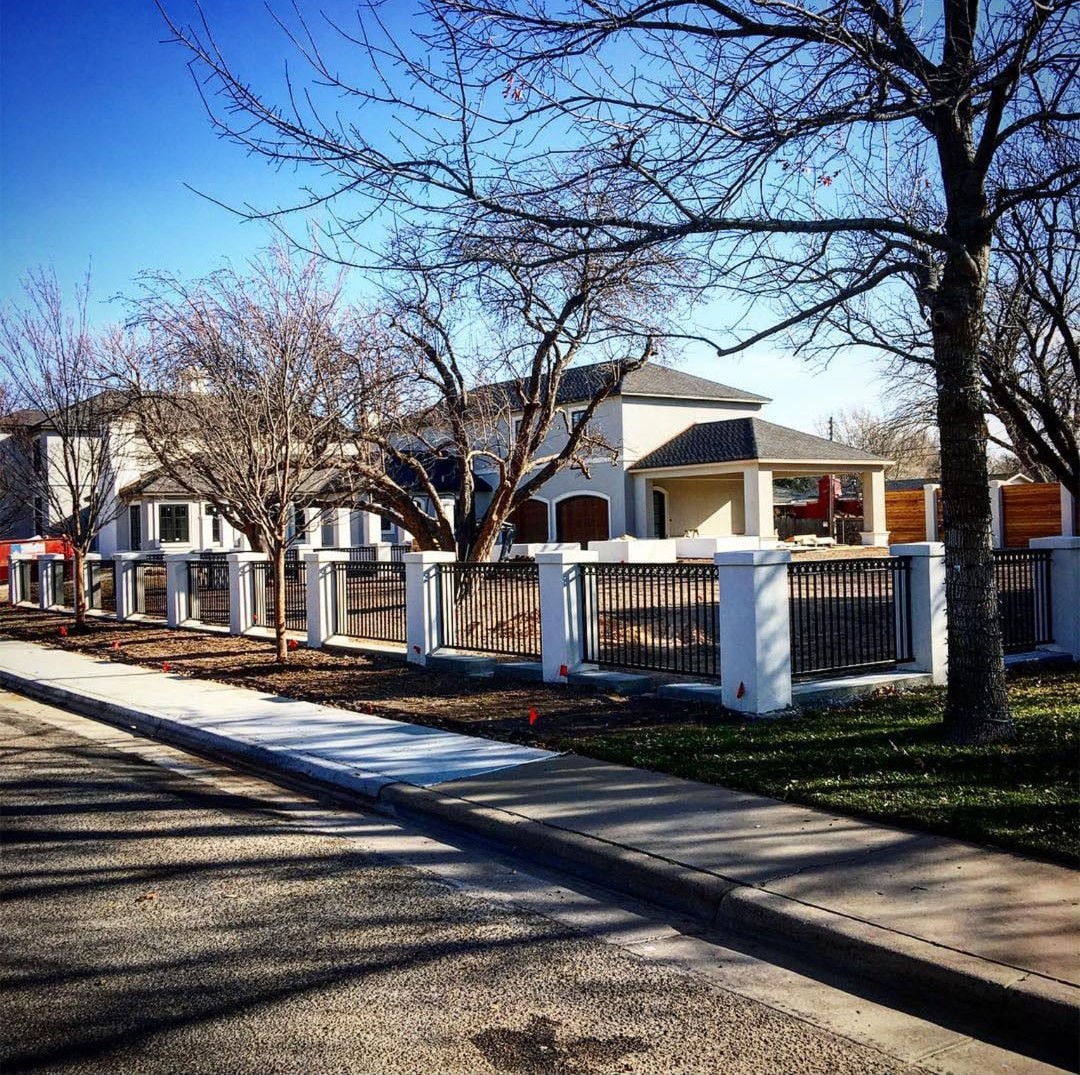
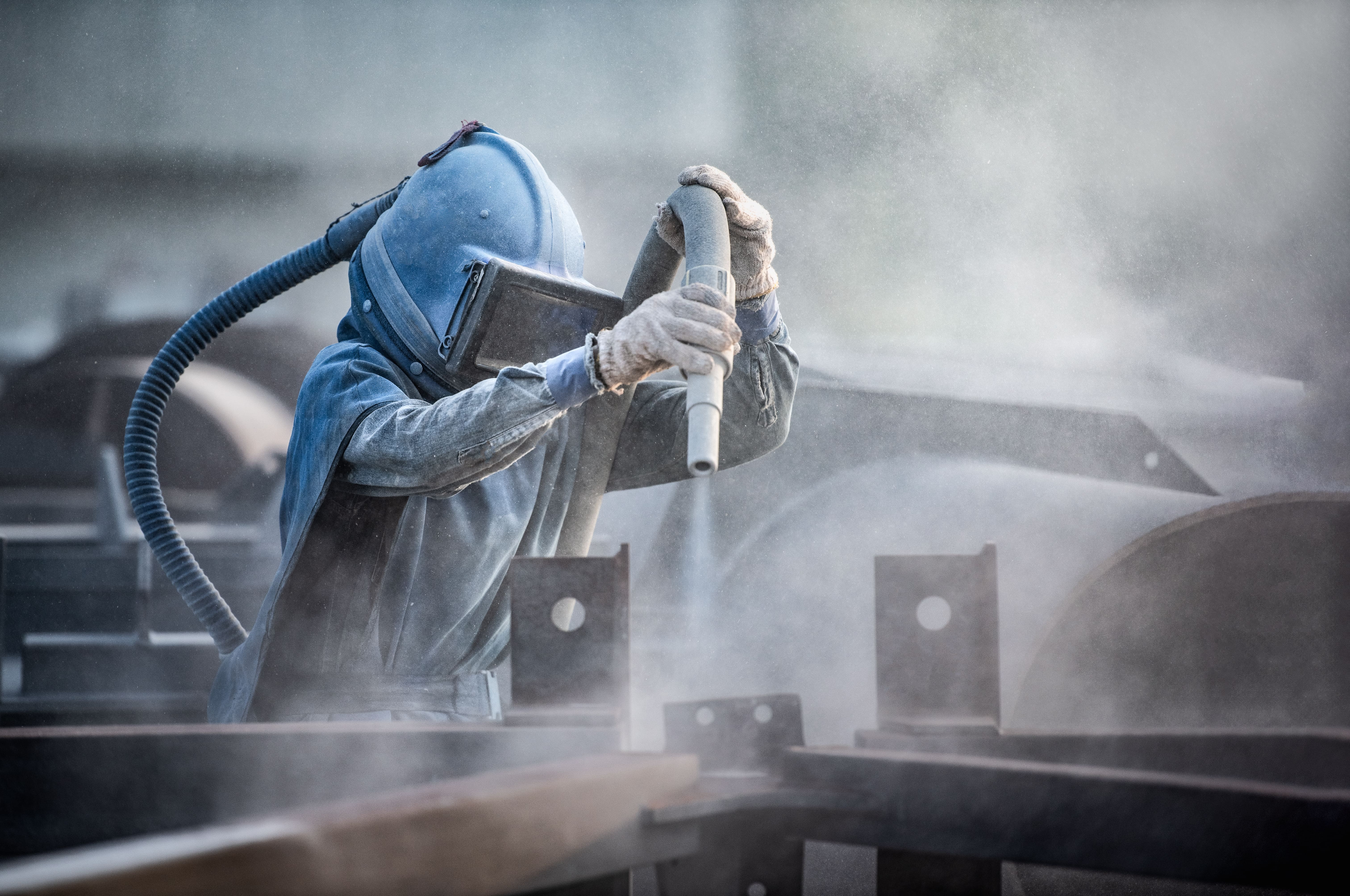
Media Blasting
We at Powder Max know that sandblasting is a great way to get your products ready for powder coating. Sometimes a material’s surface must be prepped prior to applying powder coating. This procedure is called sandblasting or media blasting. The use of an abrasive medium, such as ceramic or steel beads, creates a clean surface and removes mill scale and any contaminants. At Powder Max we do all of our own media blasting to provide you with the proper preparation so that your parts retain their finish and are protected from rust long after they leave our company.
Benefits to On-Site Sandblasting:
1. Speeds up the project completion time
2. Ensures our quality standards are met for surface preparation
3. Reduce the risk of surface contamination during transportation
4. Lowers the risk of weather damage
5. Lowers the risk of damage during transportation
6. Elimination of transportation to sandblaster lowers project costs
Metal Fabrication
Metal fabrication is a broad term that refers to the process of creating a product or structure out of metal by cutting, bending, and/or assembling metal material together. This is a highly specialized process that requires significant training and technical expertise. Metal fabricators typically work with a range of raw materials that may include plate metal, expanded metal, welding wires and rods, and cast metal. There are various segmentation levels of metal fabrication, three of the most common are industrial, structural, and commercial.
Metal fabrication jobs usually consist of three phases: 1) design, where shop drawings are created to the intended measurements; 2) fabrication, which involves the aforementioned cutting, bending, and/or assembling; and finally, 3) installation, where the end-product or structure is put together (either partially or fully).
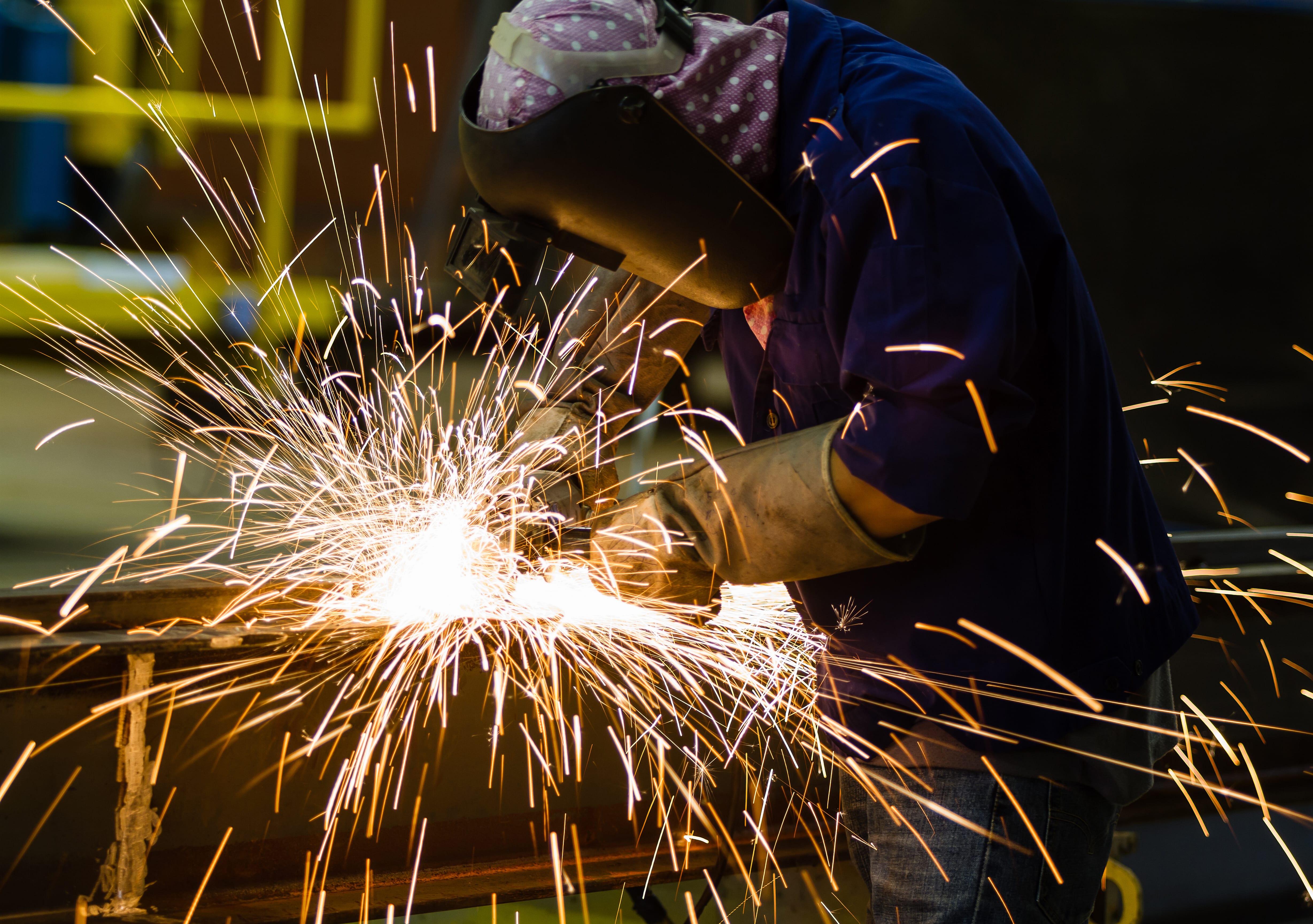
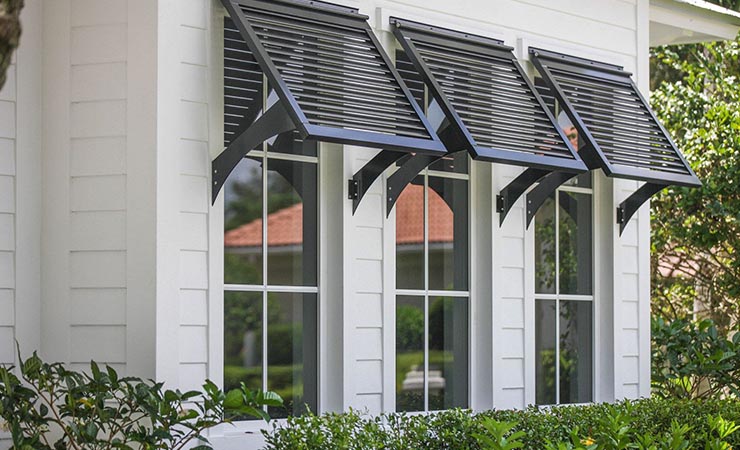

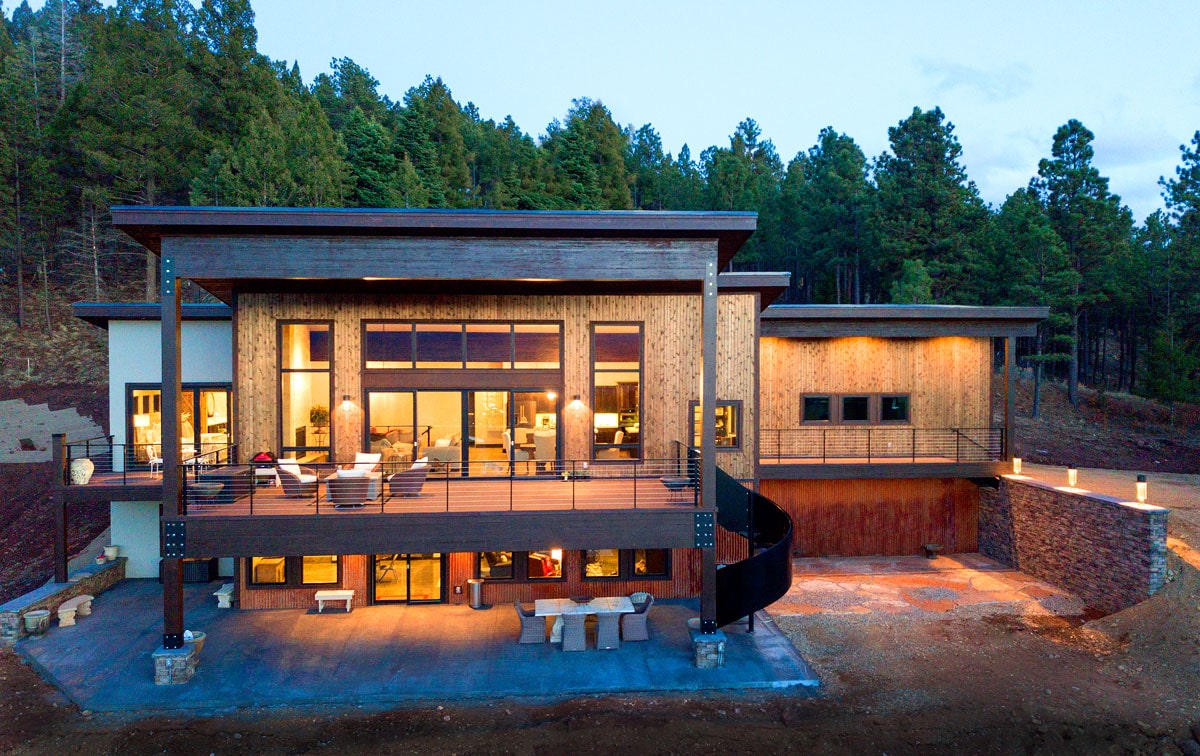
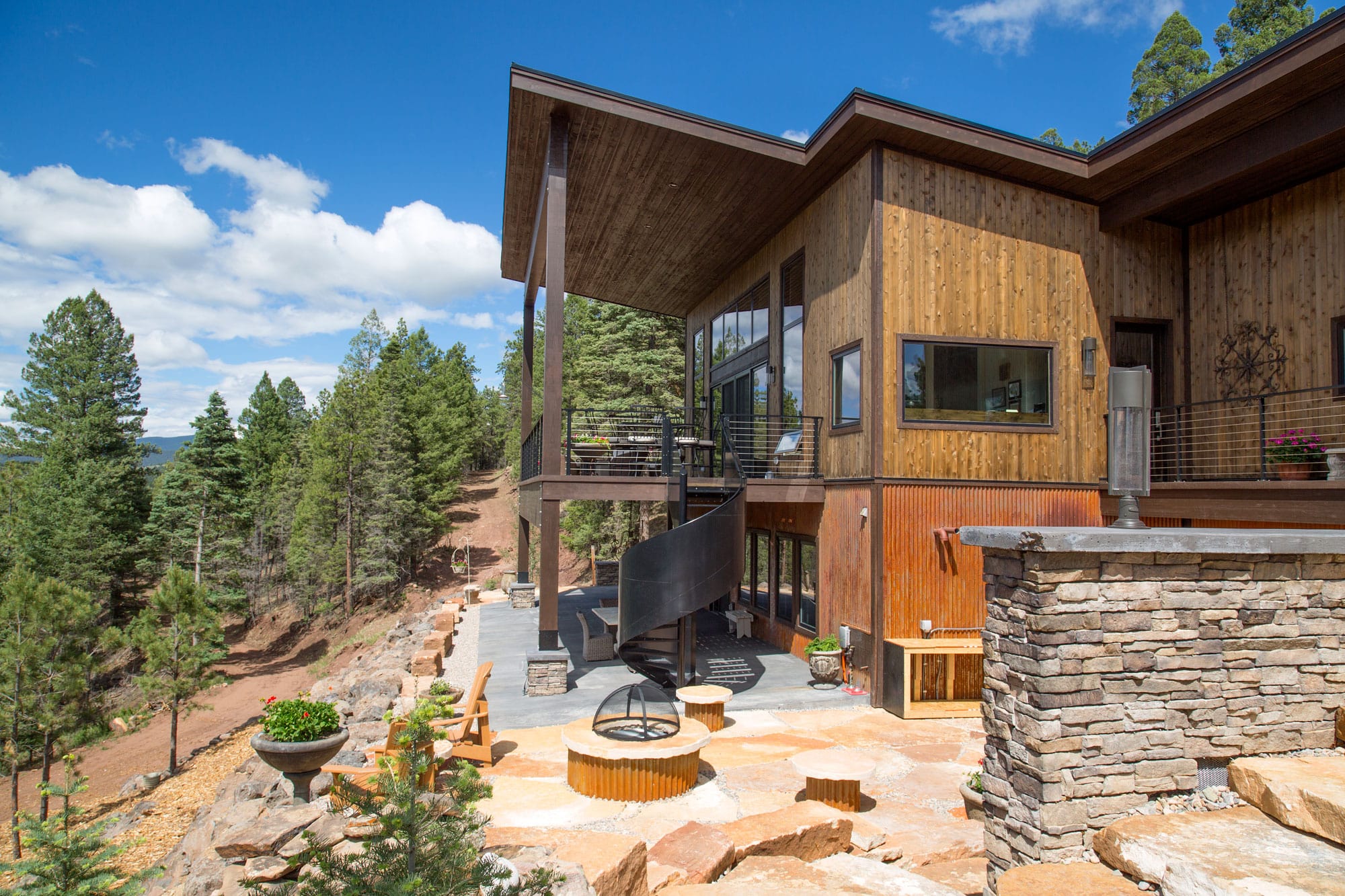
Cable Railing
WHAT IS CABLE RAILING?
Cable railing systems provide a low-maintenance alternative to traditional wood and metal railings. Cable railing systems use vertical and horizontal cables to enhance your home’s exterior. The design and durable materials can also provide a safer option for your stairs and balconies.
TYPES OF CABLE RAILING: Our company offers a variety of cable railing options to choose from. This section will explain a bit more about what those are.
HORIZONTAL CABLE RAILING OPTION: Horizontal cable railing (in which cables run horizontally to the deck base or floor) is the most prevalent form of view enhancing railing available. This method of creating a horizontal handrail eliminates the obstruction of posts and balusters while still maintaining safety and your structural integrity. If your current railing is not visually appealing, Powder Man can remove obstructions and create a dramatic transformation. While cable railings are beautiful to look at, they are also a safety feature of your home. The top rail should always be installed in a way that allows the top rail to absorb and deflect the pressure applied when the cable is tensioned. It is the best practice to secure the top rail by bracing it between the posts rather than simply placing the rail on top of the posts.
CABLE RAILING FOR DECKS & BALCONIES: Your deck is the perfect place to catch some rays. While you’re soaking up the sun’s rays, why not enjoy the unobstructed views of your landscape too? Powder Man Cable Deck Railing offers a much more ‘viewer-friendly’ alternative to traditional picket or glass railings. Because cables are thinner than wood pickets, they offer an increased viewing area with nearly unobstructed views. When it comes to creating a cable railing system that reflects your personal style, safety concerns and practical needs, Powder Man LLC is the first choice. All of our cable railings systems are available in a variety of configurations and can be customized to your exact specifications. For example, a fully stainless product or a warmer cottage feel is easy to achieve using either handrails and posts that are made from wood or stainless steel.
CNC Plasma Table
Plasma cutters are a versatile and reliable way to cut metal. Plasma cutting machines can be used to process a variety of metals, including aluminum, stainless steel and mild steel. Our plasma tables are computer automated, which allow for an incredibly precise cut every single time. We carry several different models of CNC plasma table that are perfectly suited to any type of business or industry.
How Plasma Cutting Works Using an electric arc to cut through metal, plasma cutting is a common method used by a whole range of industries. It works by sending an electric arc through a gas that is passing through a narrow-constricted opening. This type of cutting is extremely effective against sheet steel, stainless steel, aluminum and other metals.
